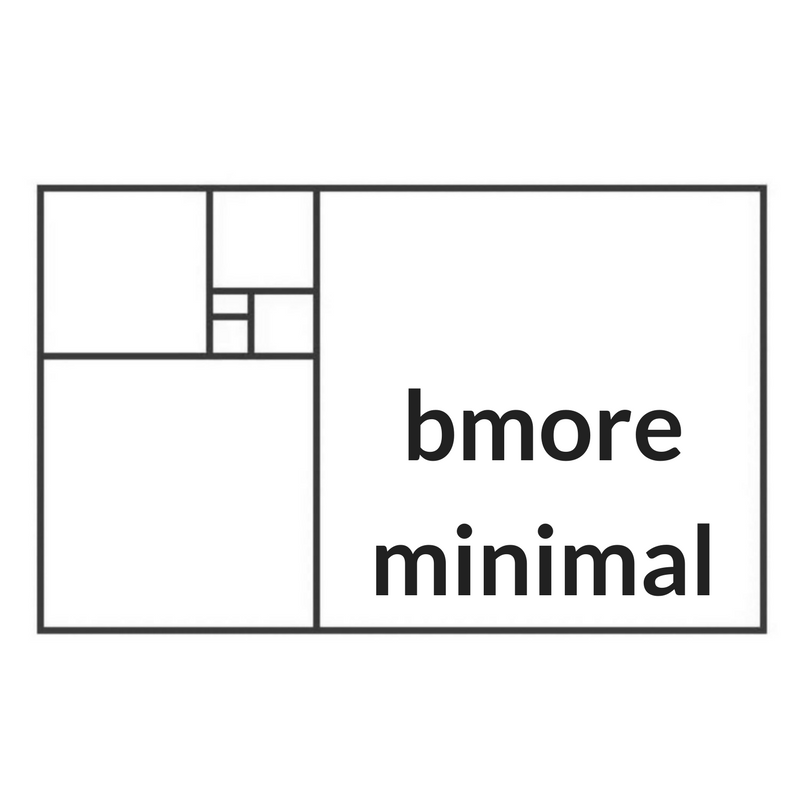I once spent over an hour with my little nephew pretending to play hockey, pretending to vacuum, pretending to ride horses, pretending to be using a leaf blower. We didn’t use a single toy in this series of games. No, our hockey stick, our vacuum, our horse, our leaf blower was all the same thing: a clear plastic dowel.
He’s not alone in being creative as a result of constraints. Studies show that kids played longer and more elaborate games when given 4 toys at a time as opposed to 16.
That’s right, 16 toys was the HIGH number. We’ve all seen plenty of homes that have 160 toys out at a time, if not more.
Lindsey Escalante compares a child surrounded by too many toys to an adult with too many tabs open. Just as our attention flits from one shallow task to another when we have too many tabs open, children play briefly and shallowly with toy after toy after toy without sustaining an interest in any one in particular.
We adults sometimes forget that everything can be novel and interesting to young children, if we allow them to concentrate on something long enough to be imaginative without distracting them with the next colorful, noisy thing.
Toy rotation is one simple way of reducing the number of toy-tabs. Regifting or donating the excess works, too. Asking for memberships to museums or kid gyms is one way to reduce the influx of new toy-tabs from well-meaning family members.
As far as navigating the holiday season, I love the simplicity of the 4- gift challenge. Parents/Santa solicits a short and specific list from children: something you want, something you need, something to wear, something to read. Kids get less and play more. Parents spend less and relax more. Less gifts, more gratitude.
